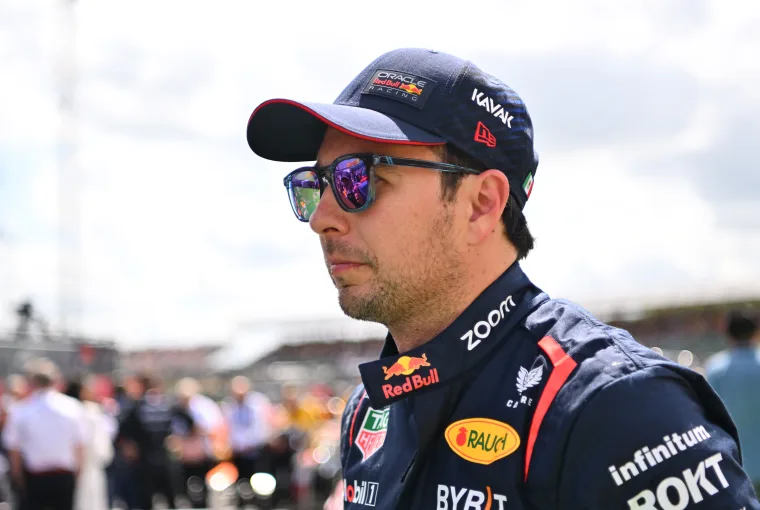FIA Mulls Over Closing Red Bull’s Clever DNF Restart Loophole Exploited by Sergio Perez
In a strategic twist at Suzuka, Sergio Perez’s double DNF and re-entry onto the track sparked controversy, with the FIA considering closing the loophole used by Red Bull. This move, while ingenious, has caught the FIA’s attention for future regulation tightening.
Key Takeaways:
- Red Bull’s Strategic Maneuver: During the Suzuka race, Red Bull employed a strategy that saw Sergio Perez retire, re-enter the race to serve a penalty, and retire again, effectively exploiting a loophole in F1’s rules. This unusual tactic prevented a penalty from being carried to the next Grand Prix.
- FIA’s Response and Possible Rule Change: Sky F1 reporter Ted Kravitz revealed that the FIA is keen to close this DNF restart loophole. While acknowledging Red Bull’s cleverness, the FIA seems intent on ensuring such maneuvers are not repeated, with potential rule amendments on the horizon.
- The Mirror’s Perspective on FIA’s Decision Timeline: A report from The Mirror suggests that the FIA won’t rush into changing rules to prevent such scenarios. Although the governing body will scrutinize Red Bull’s actions and the rule wording, it is wary of creating new issues by hastily altering regulations.

The recent Formula 1 race at Suzuka witnessed an intriguing turn of events with Red Bull Racing’s Sergio Perez. What started as a disastrous race for Perez, marked by collisions with Lewis Hamilton and Kevin Magnussen, led to an ingenious strategic play by Red Bull. In a bid to avoid a penalty carrying over to the Qatar Grand Prix, Red Bull had Perez retire, only to return to the track to serve his penalty and retire once again. This strategic loophole utilization has stirred the F1 world, prompting the FIA to consider revising the rules to prevent such occurrences in future races.
Ted Kravitz, a Sky F1 reporter, provided an in-depth account of the incident. He highlighted the sequence of events that led to Perez being a DNF, re-entering the race, and then retiring again. Kravitz emphasized the cleverness of Red Bull’s strategy and Jonathan Wheatley’s interpretation of the rule, which allowed them to capitalize on the ambiguous wording. According to Kravitz, “They asked the FIA if they agreed that, if they rejoined the race and served the penalty that it would be cleared up. The FIA said yes, so they did it, and it worked.” This move, while shrewd, has not gone unnoticed by the FIA, which, as Kravitz noted, is “minded to close it off quite quickly for the next race.”
However, a contrasting perspective comes from The Mirror, which indicates a more measured approach by the FIA. Understanding the complexity of F1 regulations, The Mirror reports that the FIA will not hastily change rules. While acknowledging the need to review Red Bull’s actions and the applicable rules, the FIA is mindful of the potential repercussions that swift changes could entail. “But the governing body is always mindful that, by making swift changes to rules to fix one problem, it can often create several others,” The Mirror reported.
This incident underscores the dynamic and ever-evolving nature of Formula 1 racing and its regulations. As teams continually seek competitive edges within the rulebook’s confines, the governing bodies must adapt and refine the regulations to maintain the sport’s integrity and fairness. The situation with Red Bull and Sergio Perez at Suzuka serves as a reminder of the delicate balance between strategic brilliance and the need for clear, unambiguous rules in the high-stakes world of Formula 1.



